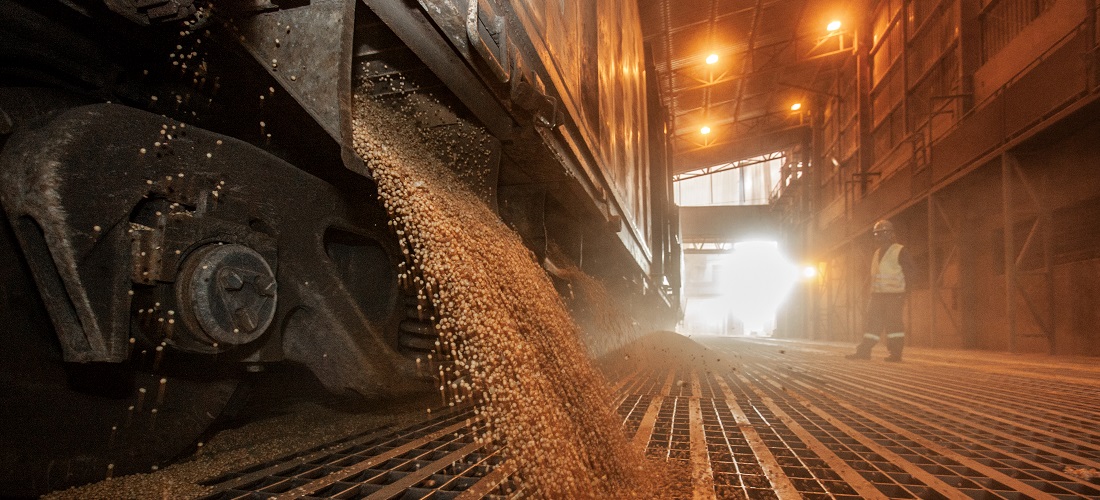
Parana ports registers growth in rail cargo
Jan, 22, 2020 Posted by Sylvia SchandertWeek 202004
In 2019, the Port of Paranaguá moved more sugar, grains and bran in train wagons than in trucks. While rail transport increased 4.53%, road transport fell 3.84% for the same products.
In 2018, a total of 111,468 wagons discharged products at the Port of Paranaguá. In 2019, this total rose to 116,514 railcars.
The number of trucks, however, decreased by 3.84%. In 2018, 421,270 vehicles were loaded with soy, corn and bran. In 2019, this number dropped to 405,085 trucks.
It is to be expected that the use of railways will grow even stronger in the transport of cargo from the interior to the port terminals of the State.
“Our goal is to equalize participation of the two transport modals over the coming years. We strongly believe in rail’s operational capacity and we are working together with the port community ”, says Luiz Fernando Garcia, CEO of Portos do Paraná.
The share of rail cargo in 2018 was 20.92% while 79.08% travelled in trucks. In 2019 this increased to 22.34% rail cargo to 77.66% by trucks.
Railway operations at the port of Paraná are carried out by Rumo, which serves 22 terminals on 43 different lines, operating around 800 wagons. In addition to dry bulk exports, these terminals also operate in dry bulk imports, dry bulk (fertilizers), liquids (fuels) and General Cargo (Cellulose and Container). Each has a different static capacity and productivity.
-
Meat
Jan, 04, 2022
0
Paraguay exports 326,000 tons of beef in 2021
-
Grains
Jun, 07, 2021
0
China’s feed-grain industry is unlikely to become self-sufficient, says Cargill
-
Shipping
May, 19, 2022
0
Panama Canal queues reflect global bottleneck dynamics
-
Grains
Sep, 16, 2021
0
Soy and soy processing advance in Paraguay



